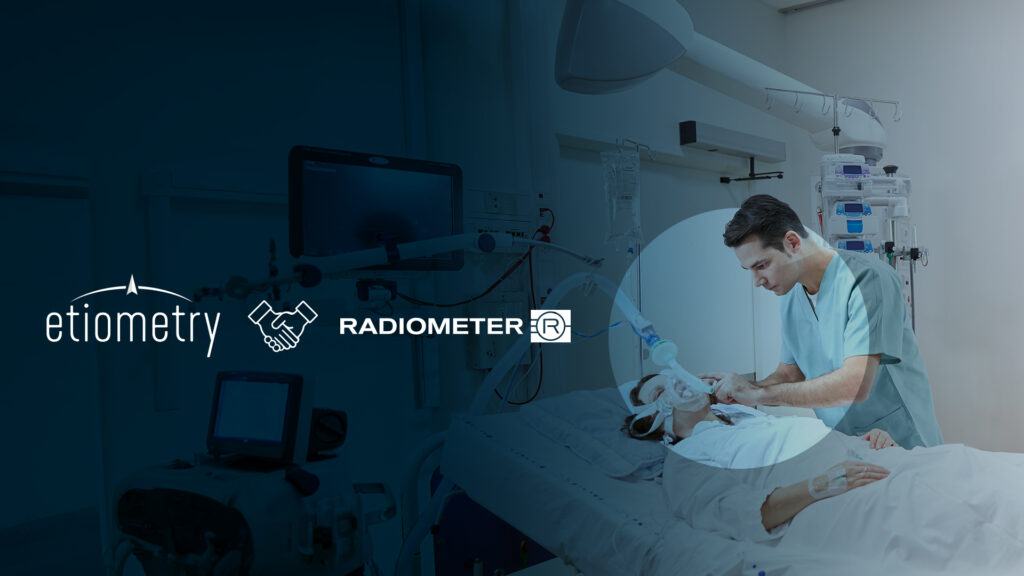EHRs Changed Data Storage but Clinical Decision Support Can Take it to the Next Level
Blog
EHRs Changed Data Storage but Clinical Decision Support Can Take it to the Next Level
Ushering a new electronic era in healthcare, electronic health records (EHR) have accelerated the shift from physicians using paper records to track information about a patient to a predominately digital format. As a key component of health information technologies, EHRs have completely changed the way a patient’s medical information is stored. Since its introduction in the 1960s and 1970s, EHRs have greatly impacted the industry by radically revolutionizing the way physicians complete their everyday tasks. In 2015, nearly 84% of hospitals adopted at least a basic EHR system and they continue to become widely adopted across the healthcare system.
Yet, there are limitations to the extent to which EHRs can inform clinicians with a holistic picture of a patient’s condition. Clinical decision support tools can supplement EHRs with timely, information at the point of care. Allowing greater visibility to near real-time patient data, clinical decision tools can alert physicians about potential warnings signs to prevent deterioration in a patient’s condition.
Benefits for cardiac patients
Cardiac patients can be among some of the most critical patients within the hospital at any given time regardless of age, especially those who are undergoing surgery or are in peri-operative care. With the number of cardiac surgeries growing year-over-year in the US, it’s increasingly important for clinicians to have an all-inclusive view of their patient’s health before, during, and after surgery.
While all the necessary information may be within the EHR, it may not be at a clinician’s fingertips when time matters the most. Almost 40% of important medical diagnoses are captured in free-form text only inside the EHR. This becomes problematic when a patient is deteriorating, and information is buried deep within the EHR. Pulling this key diagnosis to the top level of the EHR gives those caring for them the crucial information at-a-glance.
What else may be hidden?
If life-altering diagnoses are not always captured properly there is an argument made for there could be other crucial information buried within. EHRs have been the long-standing norm for vital signs like pulse rate, blood pressure, and respiratory rates. For patients in critical condition, vital signs like these can change at a moment’s notice. Without a digestible, easy-to-view beside method of viewing these values, they are not useful at the moment.
Values like these fluctuate up and down and can be indicators of early warning signs some type of adverse event may be on the horizon. Painting the full picture, especially within one hospital stay, is imperative to getting a patient on the road to recovery. By combing the complex data from the EHR, with additional tools, can help present information in a meaningful format and fill in missing gaps to help identify warning signs.
Building upon the repository of data
Increasingly, as the EHR becomes a massive repository for data, there becomes a need for other tools to complement it. Clinical-decision support tools can be instrumental in helping physicians make sense of data collected on a patient.
EHRs historically lack the functionality to support multicenter, retrospective studies that can help develop new research and treatments for cardiac patients. Utilizing an additional system to help look back after a patient’s stay can open new doors for this endeavor. Clinical decision support tools show a longitudinal look-back while allowing clinicians, quality experts, and researchers to select only the information to pull in that is relevant to their needs.
Using Clinical Decision Support Tools in Your Organization
The implementation of clinical decision support tools can help deliver timely information at the point of care. Enhancing complex decision-making processes, clinical decision support tools can help providers adopt a proactive, rather than reactive approach to patient care. In critical, high-pressure situations that require timely intervention, clinical decision support technology can be lifesaving.
Although EHR can provide comprehensive health information about patients, clinical decision support tools can provide greater visibility into a patient’s condition by presenting all the data longitudinally, arranged in physiological contexts and by workflow prioritization. By adding an extra layer of insight, physicians are suitably informed to make critical decisions in a quicker amount of time. Clinical decision support tools aren’t a replacement to EHR, but they are meant to add an additional layer of insight to help improve patient care.


